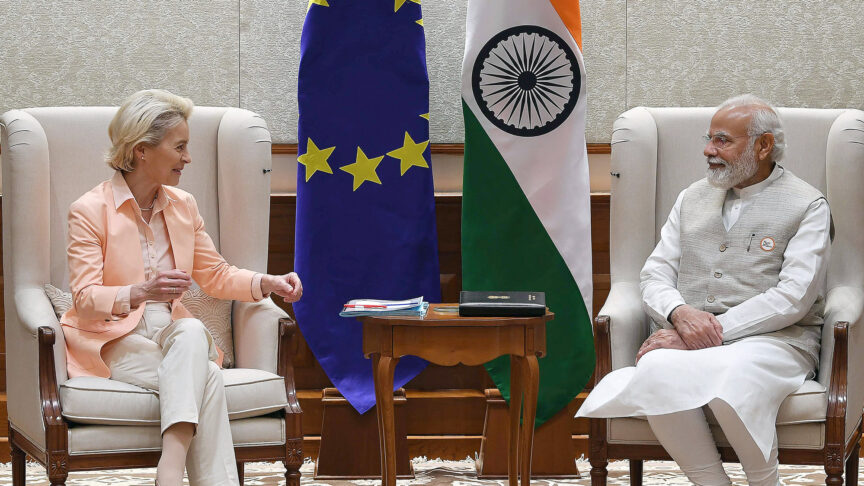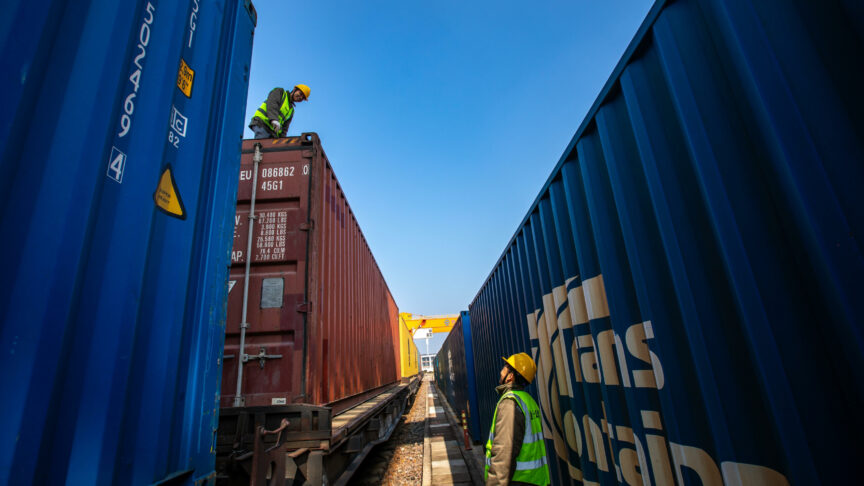Indians as a source of soft power
Modi is trying to reach out to the Indian Diaspora by using social media – he has his own app since this summer.
While Prime Minister Narendra Modi was visiting the US, we went on an ECFR study trip to New Delhi to ask ‘What does India think?’. While Modbama – as Bruce Stokes called the warming relations between Modi and President Barack Obama – have been discussing global issues such as climate change, terrorism and the UN Security Council, we heard in India that Modi’s foreign policy approach has been very different to previous governments. In particular, the Modi government, unlike its predecessors, has been harnessing a source of soft power: the Indian diaspora.
According to the Ministry of Overseas Indian Affairs, India has the second-largest diaspora in the world, estimated at over 25 million. Roughly 1.5 million overseas Indians live in the UK and around 3.2 million in the US. According to our interlocutors, Modi is trying to reach out to the Indian Diaspora and wants to use it as an instrument to link India with other countries. He is doing so by using another tool of soft power: social media – an invention of the US. Modi is the first Indian head of state to use social media in the way Obama did during his election campaigns. But Modi went even further – he has his own app since this summer, he tweets on a daily basis, and has made his social media campaigns a clear priority. It was no coincidence therefore, that Modi stopped by California’s information technology capital, the Silicon Valley, during his visit to the US, and met Facebook co-founder Mark Zuckerberg.
We heard that “the success of Indian diaspora, in particular in the UK and the US, is a good example of what India can achieve.” This statement was made with view to Modi’s proclaimed aim to use India’s brain deposit scattered around the world, with the idea that “brain drain can become brain gain”, as Modi said in his speech at the SAP Centre in California on 27 September. Modi’s visit to Silicon Valley was not only to find new investment but also to call on the young Indian-Americans working in the IT sector to use their skills in their own country. “India is waiting for you,” he said.
No doubt Modi’s new diplomacy is largely perceived very positively in India, because he “strengthens the punch of Indian foreign policy”, as an analyst in New Delhi told us. However, to use India’s (young) diaspora as a soft power tool as Modi imagines, requires their return to India. It remains to be seen if young Indians overseas are attracted to the idea of bringing their brain-power back to India.
Even if not, it is certainly a good idea for Modi to build that bridge. In particular, since the US-India relationship is not yet really as solid or stable as Modi’s second visit to the US might make us believe. Suspicion between an established global power and an aspiring one is evident. “The US is trying to pull India into its sphere of influence – if it has not done it already”, a former Indian army officer criticised. According to another Indian analyst, “the level of mistrust between India and the US is still very high and has not been tackled”. It is now Modi’s task to further establish a bridge to the Indian overseas community – but it is the Indians themselves, on both ends, who need to work on reducing this mistrust. Maybe they will be the first ones to pave this way solely by using social media.
The European Council on Foreign Relations does not take collective positions. ECFR publications only represent the views of their individual authors.


